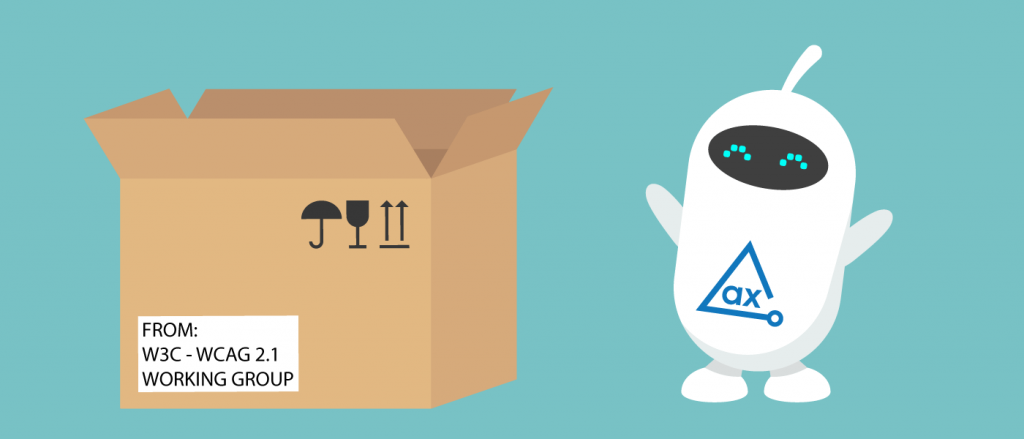In June, the W3C published Web Content Accessibility Guidelines, version 2.1. WCAG 2.1 is the latest version of a recommendation that is used the world over for defining what it means for web content to be accessible. WCAG 2.1 introduced a number of new success criteria related to accessibility for people with low vision, cognitive and learning disabilities, and for accessibility with mobile devices.
As of axe-core version 3.1, Deque will be adding rules for WCAG 2.1. For this first version, we have added rules for the following:
- Test that form fields correctly use autocomplete. This helps users with learning disabilities to customize how forms are displayed. For instance, with this technique a browser extension could add familiar icons to all forms asking for a user’s personal information. Having familiar icons on all such fields helps users quickly understand what information a form is asking for.
- Check that orientation lock of content. Users may have their phone mounted in portrait mode. If web pages than forces content to be displayed in landscape mode, all content will be displayed on its side, with no option for the user to rotate it. With this new rule, axe-core will find instances of content forced in a certain orientation. You will have to enable experimental rules to run this.
Other WCAG 2.1 rules are also in preparation and will come shortly. Stay tuned!
Accessibility support in axe-core
If you’ve read our article about accessibility support in axe-core, you may be aware that axe-core takes great care to make sure content works in a wide range of screen readers and other assistive technologies. As of axe-core version 3.1 we will start differentiating between techniques that fail because they are used incorrectly, and techniques that fail because they are not widely supported.
Screen readers and other assistive technologies sometimes behave in a way that is difficult to predict. Axe-core will find such behaviors and report them explicitly. We’ve started reporting ARIA roles that are not widely supported. Other properties, and greater configurability of these support properties will come as we learn more about how such features will be used.
Axe localisation
As part of our ongoing effort to spread accessibility across the world, we are introducing a new localisations of axe-core and of the axe extensions for Chrome and Firefox. These will include translations for French and Japanese. To configure the locale in axe-core, a new API was added: axe.configure({ locale }). You can find details about this in the axe-core API documentation. In the next version of the axe extension for Chrome and Firefox we will add options for localising axe to French and Japanese.
If you are interested in helping us localise the axe extension to your language, we welcome a pull request on Github. For details, see the section on localisation in the readme.
